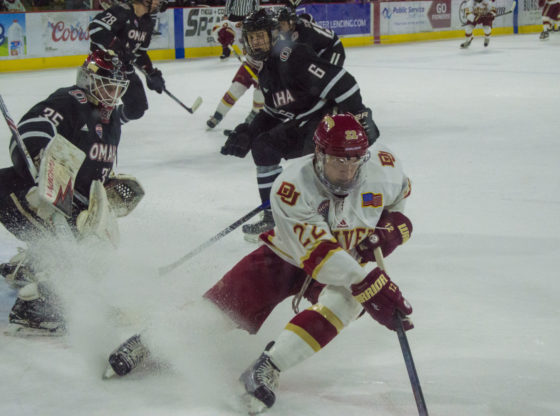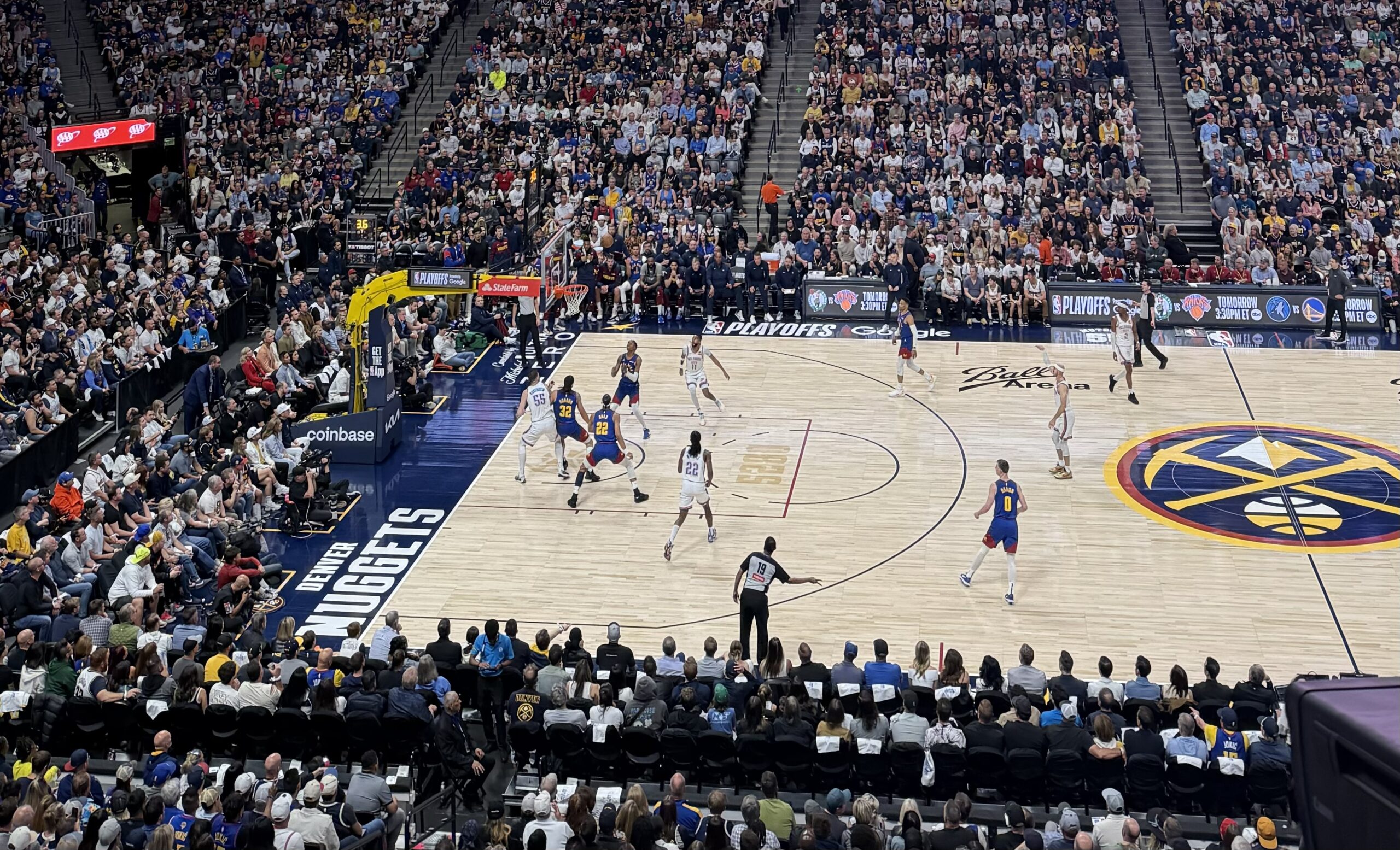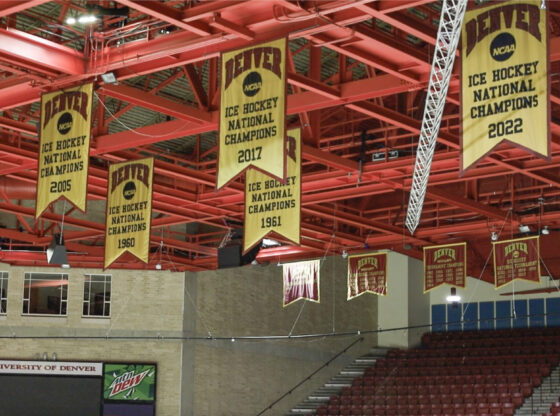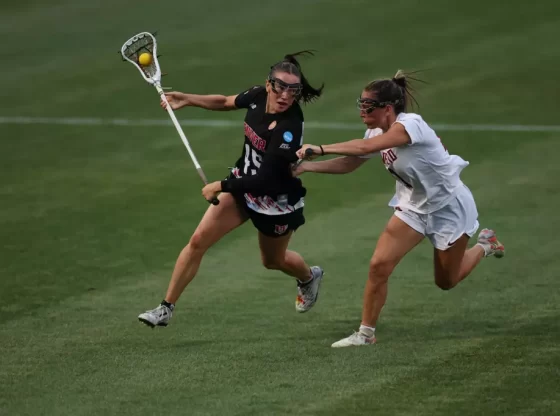For well over a century, baseball has been a quintessential part of an American summer. Fans flock to ballparks all over the country to enjoy this pastime and all of the sights, tastes and sounds that go with it—the victorious lap of a batter around the bases after hitting a home run, a freshly-grilled hot dog and the singing of “Take Me Out to the Ballgame” at the seventh-inning stretch to name a few.
Whether it’s Little League, minor league or professional, Americans can’t seem to get enough. However, this summer will look very different, as every American sports league continues to halt operations in the fight against the coronavirus. Leagues in South Korea have resumed play, but when will Major League Baseball (MLB) follow suit here in the US?
On Mon. May 11, all 30 MLB teams agreed to a proposal that would be sent to the MLB Player’s Association (MLBPA) to start the season in time for the 4th of July weekend but without fans in attendance. The proposal also included an expanded playoff field, as well as utilizing a designated hitter for all games—even in the National League where it is not traditionally used. Teams would begin spring training for a few weeks in June, either at their own ballparks or in Arizona or Florida per standards.
However, getting the MLBPA to agree to this proposal was much easier said than done. Both sides needed to agree to specificities such as having salary structures for players, an ample supply of COVID-19 tests for all players and coaches (the number of which was also a point of debate) and procedures in case a player or coach tests positive for the virus.
To minimize travel, teams would have only played against divisional rivals and teams in the corresponding geographic division of the opposite league. When out on the road, players would have been asked not to leave their hotel rooms.
On Thurs. May 21, the MLBPA responded to the 67-page protocol and came up with a counter-proposal of their own. The counter-proposal included more safety measures the MLBPA felt had been left out of the original proposal such as testing frequency and sanitization protocols. The day prior, MLBPA executive director Tony Clark led a three-and-a-half hour video call with over 130 players representing every team in order to review the proposed safety protocols.
Another part of the MLBPA’s counter-proposal included further salary cuts from the players. Considering fans will all but certainly not be in attendance for half of the season at the very least, teams are facing millions of dollars in lost revenue in ticket, concession and merchandise sales and parking fees.
In fairness to the players, the MLBPA agreed to pay cuts of their own in a deal first negotiated when the league initially shut down in March. To begin play in July and avoid risking the cancellation of the season altogether, the MLB owners floated a 50-50 revenue split with the players. This split was immediately requested by the MLBPA as a step toward a hard salary cap, something most MLB players have opposed for many years.
Perhaps the simplest solution would be for the MLB to opt out of the 50-50 split with the players and not turn any deal into a hard salary cap. Players had already agreed to lower salaries due to the fact that they won’t be able to play as many games as in a normal season, and seeing the furloughing of staff and other budget cuts across the league suggests that there may be deeper financial issues buried underneath the current situation.
The one thing that every player, coach and league official can agree on is that everyone wants an MLB season this year. A final decision on the fate of the 2020 season could come as soon as this week once the economic piece is put into place. Until then, I will eagerly be anticipating the day when I can safely return to Coors Field to cheer on the Rockies while watching a classic Colorado sunset in the background.










